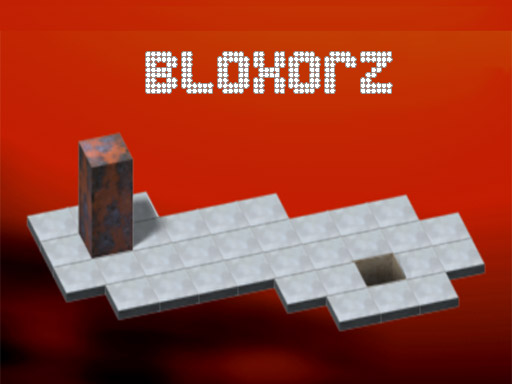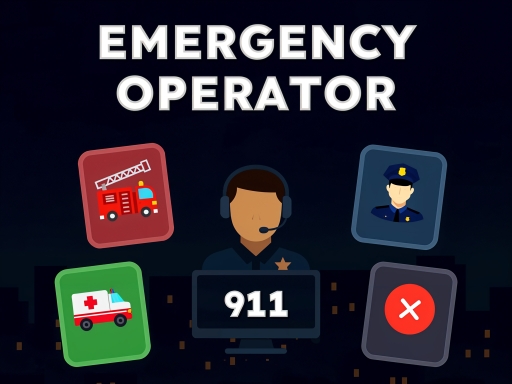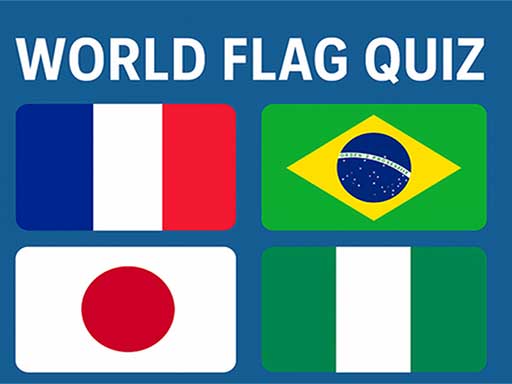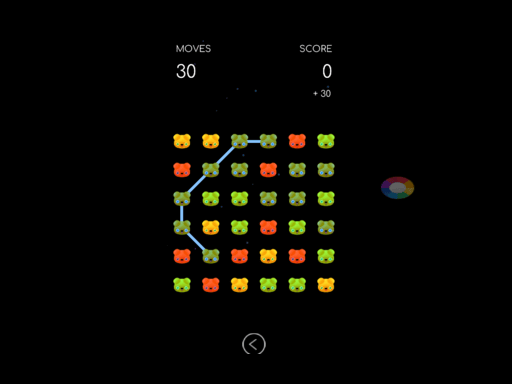Tung Tung: Anomaly at Italian Daw
About Tung Tung: Anomaly at Italian Daw
Okay, so listen, I’ve got to tell you about this game that just absolutely blindsided me in the best possible way. You know how sometimes you’re scrolling through new releases, looking for something to scratch a particular itch, maybe a sprawling RPG or a tight indie platformer, and then you stumble upon something completely off the wall that just *clicks*? That’s exactly what happened to me with *Tung Tung: Anomaly at Italian Daw*. And honestly, I haven’t been able to stop thinking about it.
I mean, on the surface, you hear "spot the difference" and you might think, "Oh, okay, a casual time-killer." And sure, it *can* be that, but calling *Tung Tung* just a "spot the difference" game is like calling a five-star Italian feast "just food." It’s an insult to the sheer, unadulterated, chaotic joy it delivers. What I love about games like this is their ability to take a familiar concept and absolutely flip it on its head, injecting so much personality and unexpected humor that it becomes something entirely new. And *Tung Tung* does that with an almost reckless abandon that I find utterly charming.
From the moment you dive in, you’re greeted by these utterly peculiar, Italian-themed artworks. And when I say peculiar, I mean it in the most delightful way possible. Imagine classic Italian scenes – a bustling piazza, a serene canal in Venice, a sun-drenched vineyard, or a quaint little trattoria – but then everything is just… slightly off. Or sometimes, wildly, hilariously off. You’ll see gondoliers with spaghetti mustaches that are literally dripping pasta, pigeons wearing tiny, ornate chef hats, statues of Roman emperors holding slices of pizza instead of scepters, or even a leaning tower that’s actually leaning on a giant cannoli. The art style itself is this beautiful, hand-drawn whimsy that just begs you to scrutinize every single detail. You can almost feel the texture of the canvas, see the brushstrokes, and that tactile quality makes the hunt for anomalies even more engaging.
The core premise, of course, is to find five hidden differences in each illustration. And that’s where the genius truly begins to unfold. At first, you’re just scanning, right? Your eyes are darting across the screen, looking for the obvious stuff – a missing button, a changed color, an extra cloud. You get into that zen-like flow state that good puzzle games induce, where the outside world just kind of fades away. But then, *Tung Tung* starts playing with you. It’s not just about finding a missing olive in a bowl; it’s about noticing that a character’s face has subtly morphed into a meme expression, or that a background building has suddenly sprouted a pair of googly eyes, or that a perfectly normal cat in one image is now wearing a tiny fedora in the other.
This isn’t your grandma’s spot-the-difference game, I promise you. The game delivers what it calls "unpredictable chaos," and honestly, that’s an understatement. There’s something magical about how they manage to continuously engage and surprise players throughout their journey. Just when you think you’ve got a handle on the kind of differences you’re looking for, it throws a curveball that makes you laugh out loud. I remember one level, I was meticulously searching a bustling market scene, convinced I’d found four of the five differences, and that last one was just eluding me. I was zooming in, zooming out, my eyes blurring from the concentration. And then, *bam*, a character in the background, who had been a perfectly normal old man, suddenly had a giant, pixelated, 'deal with it' sunglasses emoji plastered over his face in the "different" version. I actually yelped. It was so unexpected, so perfectly timed, and so utterly ridiculous that I couldn't help but crack up. That's the kind of meme-inspired humor we're talking about here – it's woven into the fabric of the game, not just tacked on.
The brilliant thing about this is that it forces you to truly *see* the artwork, not just glance at it. You’ll find yourself scrutinizing every shadow, every reflection, every tiny pattern on a tablecloth. And because the differences can be so outlandish, you start to question everything. "Is that pigeon *supposed* to be wearing a tiny crown? Or is that the difference? Wait, was that cloud always shaped like a rubber chicken?" That constant questioning, that delightful uncertainty, is what keeps you hooked. The satisfaction of finally spotting that last, elusive anomaly – that tiny, absurd detail that makes the whole picture click into place – is incredibly rewarding. It’s that visceral "aha!" moment that makes puzzle games so addictive. You can almost feel that little jolt of electricity when your cursor lands on the correct spot and you hear that satisfying little *ding*.
In my experience, the best moments come when the game completely subverts your expectations. You're trained by years of playing these kinds of games to look for logical discrepancies. But *Tung Tung* thrives on illogic. It leans into the "anomaly" part of its title with gusto. Sometimes the difference isn't even a static change; it feels like the image itself has a mischievous personality, almost winking at you. What's fascinating is how this unpredictable chaos actually enhances the puzzle-solving. It means you can't just rely on rote pattern recognition; you have to engage your sense of humor, your ability to spot the truly absurd. It makes you feel like you're in on a secret joke with the game designers.
There’s also a wonderful sense of progression, even within the simple act of finding five differences. As you move through the levels, the artworks become more complex, more crowded, and the differences become even more cleverly disguised. You start to develop a kind of sixth sense for *Tung Tung*'s particular brand of weirdness. You learn to anticipate the unexpected, to look for the things that *shouldn't* be there, even if they're perfectly integrated into the scene. It’s a subtle mastery, not of complex mechanics, but of observation and a keen eye for humor. You'll find yourself leaning closer to the screen, your brow furrowed in concentration, but with a smile playing on your lips because you know that any moment, something utterly ridiculous is going to jump out at you.
Honestly, I've always been drawn to games that prioritize creativity and a unique voice, and *Tung Tung* absolutely nails it. It doesn't take itself too seriously, and that's its greatest strength. It’s a game that understands the power of a good laugh, the joy of a genuine surprise, and the simple pleasure of a well-crafted puzzle. It’s the kind of game you pick up for "just a few minutes" and then suddenly realize an hour has flown by, your eyes are a little tired, but your face hurts from smiling. It's an experience that transcends its simple premise, transforming into something genuinely special, a little slice of digital delight that you just have to share. If you're looking for a puzzle game that's fresh, funny, and genuinely surprising, you absolutely, unequivocally need to dive into the bizarre and beautiful world of *Tung Tung: Anomaly at Italian Daw*. Trust me on this one; you won't regret it.
I mean, on the surface, you hear "spot the difference" and you might think, "Oh, okay, a casual time-killer." And sure, it *can* be that, but calling *Tung Tung* just a "spot the difference" game is like calling a five-star Italian feast "just food." It’s an insult to the sheer, unadulterated, chaotic joy it delivers. What I love about games like this is their ability to take a familiar concept and absolutely flip it on its head, injecting so much personality and unexpected humor that it becomes something entirely new. And *Tung Tung* does that with an almost reckless abandon that I find utterly charming.
From the moment you dive in, you’re greeted by these utterly peculiar, Italian-themed artworks. And when I say peculiar, I mean it in the most delightful way possible. Imagine classic Italian scenes – a bustling piazza, a serene canal in Venice, a sun-drenched vineyard, or a quaint little trattoria – but then everything is just… slightly off. Or sometimes, wildly, hilariously off. You’ll see gondoliers with spaghetti mustaches that are literally dripping pasta, pigeons wearing tiny, ornate chef hats, statues of Roman emperors holding slices of pizza instead of scepters, or even a leaning tower that’s actually leaning on a giant cannoli. The art style itself is this beautiful, hand-drawn whimsy that just begs you to scrutinize every single detail. You can almost feel the texture of the canvas, see the brushstrokes, and that tactile quality makes the hunt for anomalies even more engaging.
The core premise, of course, is to find five hidden differences in each illustration. And that’s where the genius truly begins to unfold. At first, you’re just scanning, right? Your eyes are darting across the screen, looking for the obvious stuff – a missing button, a changed color, an extra cloud. You get into that zen-like flow state that good puzzle games induce, where the outside world just kind of fades away. But then, *Tung Tung* starts playing with you. It’s not just about finding a missing olive in a bowl; it’s about noticing that a character’s face has subtly morphed into a meme expression, or that a background building has suddenly sprouted a pair of googly eyes, or that a perfectly normal cat in one image is now wearing a tiny fedora in the other.
This isn’t your grandma’s spot-the-difference game, I promise you. The game delivers what it calls "unpredictable chaos," and honestly, that’s an understatement. There’s something magical about how they manage to continuously engage and surprise players throughout their journey. Just when you think you’ve got a handle on the kind of differences you’re looking for, it throws a curveball that makes you laugh out loud. I remember one level, I was meticulously searching a bustling market scene, convinced I’d found four of the five differences, and that last one was just eluding me. I was zooming in, zooming out, my eyes blurring from the concentration. And then, *bam*, a character in the background, who had been a perfectly normal old man, suddenly had a giant, pixelated, 'deal with it' sunglasses emoji plastered over his face in the "different" version. I actually yelped. It was so unexpected, so perfectly timed, and so utterly ridiculous that I couldn't help but crack up. That's the kind of meme-inspired humor we're talking about here – it's woven into the fabric of the game, not just tacked on.
The brilliant thing about this is that it forces you to truly *see* the artwork, not just glance at it. You’ll find yourself scrutinizing every shadow, every reflection, every tiny pattern on a tablecloth. And because the differences can be so outlandish, you start to question everything. "Is that pigeon *supposed* to be wearing a tiny crown? Or is that the difference? Wait, was that cloud always shaped like a rubber chicken?" That constant questioning, that delightful uncertainty, is what keeps you hooked. The satisfaction of finally spotting that last, elusive anomaly – that tiny, absurd detail that makes the whole picture click into place – is incredibly rewarding. It’s that visceral "aha!" moment that makes puzzle games so addictive. You can almost feel that little jolt of electricity when your cursor lands on the correct spot and you hear that satisfying little *ding*.
In my experience, the best moments come when the game completely subverts your expectations. You're trained by years of playing these kinds of games to look for logical discrepancies. But *Tung Tung* thrives on illogic. It leans into the "anomaly" part of its title with gusto. Sometimes the difference isn't even a static change; it feels like the image itself has a mischievous personality, almost winking at you. What's fascinating is how this unpredictable chaos actually enhances the puzzle-solving. It means you can't just rely on rote pattern recognition; you have to engage your sense of humor, your ability to spot the truly absurd. It makes you feel like you're in on a secret joke with the game designers.
There’s also a wonderful sense of progression, even within the simple act of finding five differences. As you move through the levels, the artworks become more complex, more crowded, and the differences become even more cleverly disguised. You start to develop a kind of sixth sense for *Tung Tung*'s particular brand of weirdness. You learn to anticipate the unexpected, to look for the things that *shouldn't* be there, even if they're perfectly integrated into the scene. It’s a subtle mastery, not of complex mechanics, but of observation and a keen eye for humor. You'll find yourself leaning closer to the screen, your brow furrowed in concentration, but with a smile playing on your lips because you know that any moment, something utterly ridiculous is going to jump out at you.
Honestly, I've always been drawn to games that prioritize creativity and a unique voice, and *Tung Tung* absolutely nails it. It doesn't take itself too seriously, and that's its greatest strength. It’s a game that understands the power of a good laugh, the joy of a genuine surprise, and the simple pleasure of a well-crafted puzzle. It’s the kind of game you pick up for "just a few minutes" and then suddenly realize an hour has flown by, your eyes are a little tired, but your face hurts from smiling. It's an experience that transcends its simple premise, transforming into something genuinely special, a little slice of digital delight that you just have to share. If you're looking for a puzzle game that's fresh, funny, and genuinely surprising, you absolutely, unequivocally need to dive into the bizarre and beautiful world of *Tung Tung: Anomaly at Italian Daw*. Trust me on this one; you won't regret it.
Enjoy playing Tung Tung: Anomaly at Italian Daw online for free on Coduxa. This Puzzle game offers amazing gameplay and stunning graphics. No downloads required, play directly in your browser!
How to Play
mouse only





Comments
This game is awesome! I love the graphics and gameplay.
One of the best games I've played recently. Highly recommended!